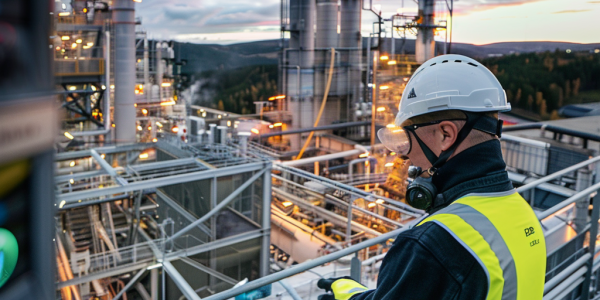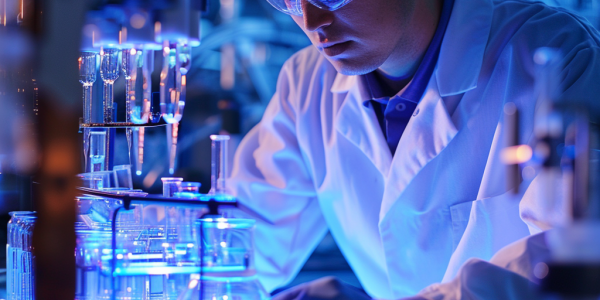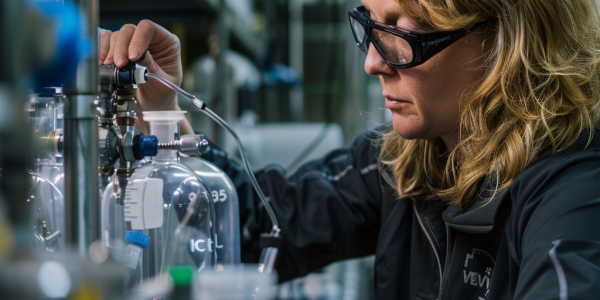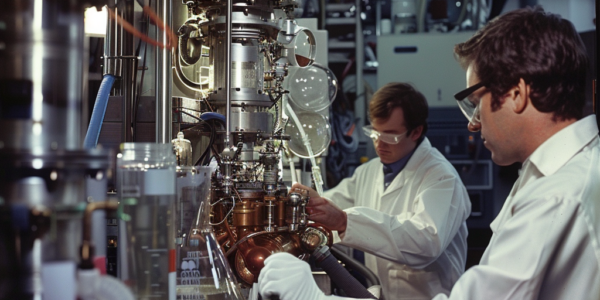Study Links Ocean Density to Carbon Capture in Marine Plankton
Recent research from the University of Oxford reveals a critical link between ocean density and the carbon capture abilities of marine plankton, particularly foraminifera. This study highlights how changes in ocean density affect the calcification process of these organisms, with significant implications for carbon cycling and oceanic CO2 absorption in the face of climate change.
Innovative CSAR Technology Enhances Carbon Capture Efficiency
Researchers from SINTEF have unveiled the Continuous Swing Adsorption Reactor (CSAR), a groundbreaking carbon capture and storage (CCS) technology aimed at efficiently sequestering post-combustion CO2. With less energy consumption than traditional methods, CSAR promises to enhance sustainability in combating climate change. Successfully trialed at a waste combustion plant in Norway, this innovative system is set to revolutionize the CCS landscape, offering a cost-effective solution for industries looking to reduce their carbon footprint.
Canada’s Pathways Alliance Pushes Forward on Major Carbon Capture Project
Natural Resources Minister Jonathan Wilkinson expresses optimism for a major carbon capture project in Alberta led by the Pathways Alliance, aiming for a $16.5 billion investment. This initiative is crucial for achieving net-zero emissions by 2050, marking a significant step in Canada’s climate strategy. Recent constructive meetings highlight collaboration between government and industry, signaling a renewed commitment to sustainability and economic growth in the energy sector.
Indonesia Embraces Carbon Capture Technology to Extend Fossil Fuel Use
Indonesia’s focus on Carbon Capture Storage (CCS) technology is set to extend the use of fossil fuels while reducing greenhouse gas emissions. Saleh Abdurrahman from BPH Migas highlights the potential of CCS in achieving the nation’s net-zero emissions target by 2060. As natural gas becomes increasingly vital in Indonesia’s energy transition, CCS could position the country as a leader in sustainable energy practices, balancing economic growth with environmental sustainability.
Revolutionary Carbon Capture Technology Freezes CO2 in Ocean Faster and Safer
A breakthrough study from The University of Texas at Austin introduces a revolutionary carbon capture technology that freezes carbon in the ocean faster and safer than ever before. This chemical-free method accelerates the conversion of CO2 into hydrates for ocean storage, providing a more efficient and eco-friendly alternative to traditional injection. Lead researcher Vaibhav Bahadur highlights the importance of this innovative solution in combating climate change by rapidly sequestering carbon dioxide in the ocean, preventing its release back into the atmosphere. Published in ACS Sustainable Chemistry & Engineering, this research signifies a significant advancement in carbon capture technology with the potential to address the challenges of global warming and enhance climate resilience.
Challenges in Achieving $100 per Ton for Carbon Removal Technology
Climeworks AG claims to have made a breakthrough in reducing the cost of extracting carbon from the air, potentially cutting it by up to 50%. Despite this, the current cost of carbon capture remains above the industry’s target for widespread adoption. Industry leaders once aimed for $100 per ton, but inflation and real-world challenges have cast doubt on achieving this goal. Climeworks now projects a cost of $250 to $350 per ton by 2030, while the current average is around $715 per ton.
Revolutionary Approach to Reusing Captured Carbon Developed by Georgia Tech Engineers
Engineers at Georgia Tech have developed a groundbreaking approach to reusing captured carbon, making it more cost-effective and energy-efficient. Their new electrochemical reactor seamlessly integrates into direct air capture systems, transforming CO2 into valuable raw materials like plastics, chemicals, and fuels. This advancement significantly reduces costs and energy demands, enhancing the viability of combating climate change. The innovative design eliminates the need for expensive separation processes, streamlining the carbon capture process and reducing associated costs.
Groundbreaking Discovery in Carbon Capture Technology
Scientists have made a groundbreaking discovery in the field of carbon capture, offering new hope in the fight against climate change. A familiar solvent has been found to hold the potential to capture twice as much carbon dioxide (CO2) as previously believed, opening the door to the development of carbon-based materials that could play a crucial role in reducing CO2 emissions. This unexpected finding has the potential to revolutionize carbon capture technology, offering a more efficient and cost-effective solution for reducing CO2 emissions.
Mission Zero Technologies Secures €25.4 Million in Series A Funding for Carbon Removal Mission
London-based Mission Zero Technologies secures €25.4 million in Series A funding to develop mass deployable direct air capture (DAC) product, aiming to recover 1,000 tonnes of atmospheric CO₂ annually. The urgent need to mitigate climate change has propelled the demand for large-scale CO₂ removal, and Mission Zero is committed to democratizing access to sustainable carbon sources. Their technology is cost-effective, energy efficient, and compatible with renewable energy sources, setting them apart in the direct air capture sector.
Princeton Engineers Develop Groundbreaking Method to Capture and Release Carbon Dioxide Using Moisture
Princeton University engineers have developed a groundbreaking method to capture and release carbon dioxide from the atmosphere using moisture, offering significant energy efficiency improvements over current technologies. The innovative approach utilizes humidity to achieve the same goal as traditional direct air capture systems, resulting in over five times greater energy efficiency. This breakthrough could have a profound impact on combatting climate change and reducing carbon emissions.










